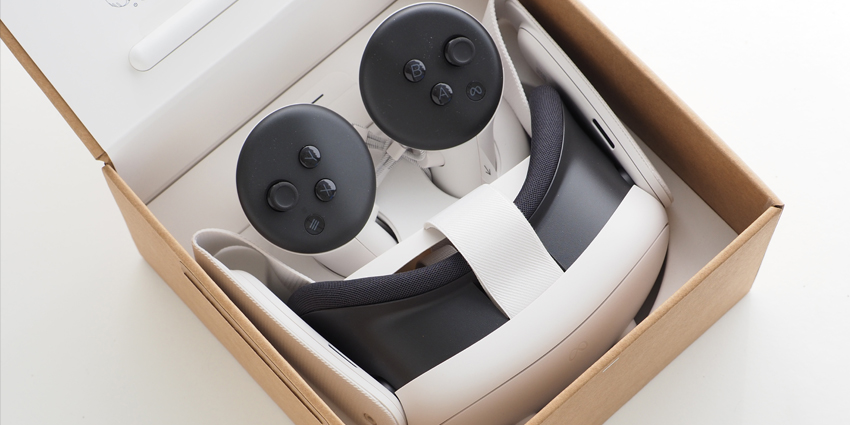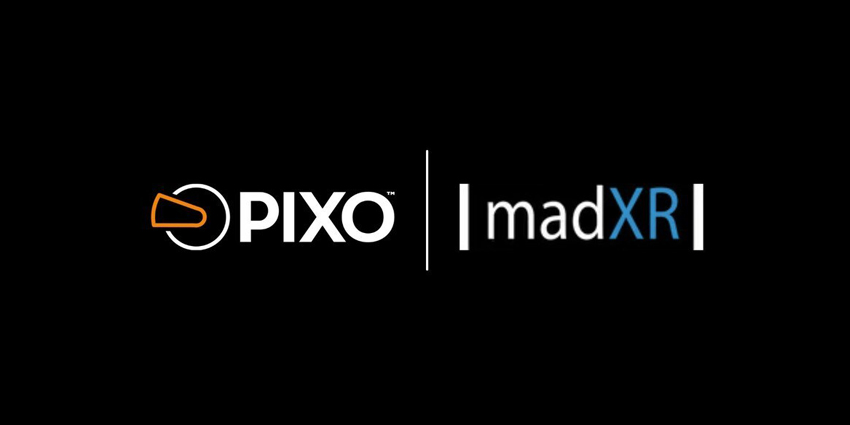Spatial audio is taking the XR world by storm. Promising a more effective way to immerse users in digital experiences, spatial audio brings positioning and direction to the sound in MR, AR, and VR apps. The result is a more engaging interaction for any user.
Already, many leading digital brands have begun to invest heavily in spatial solutions from Apple and Varjo, to Microsoft and Sony. Used correctly, this innovation could take any investment in the XR landscape to the next level, and unlock new opportunities for amazing user experience.
The question for most companies implementing spatial audio technology today, is how to choose the right solution for their needs. Here are some of the points business leaders and innovators should consider when comparing spatial audio options.
Step 1: Choose the Right XR Environment
Spatial audio has the potential to enhance virtually all aspects of extended reality. While the technology is most commonly implemented into VR headsets, it’s also making its way into the augmented and mixed reality space. Anyone considering investing in XR solutions will first need to decide which route they’re going to explore with extended reality.
For instance, in the VR world, spatial audio can enhance the virtual experience of a user by allowing them to hear where certain sounds are coming from within a digital space. This could make things like virtual reality training and collaboration feel more immersive and realistic.
In an AR or MR setting, the use of spatial audio could make it easier to differentiate real-world sounds with the audio delivered by collaborators in the workplace. This could be crucial for business leaders hoping to bring more valuable information into a setting like the engineering or manufacturing space, where awareness of real-life audio is still crucial.
While it’s possible to implement spatial audio into multiple different XR environments at once, most business leaders in the modern world will generally prefer to start with one flavour of XR, before moving into new avenues.
Step 2: Set Goals for Spatial Audio
After determining what kind of XR environment they’re going to build, business leaders need to start thinking about the goals they want to set for spatial audio. Because it mimics real life interactions, spatial audio can instantly improve the engagement and immersion in any XR space. However, there are various ways to implement spatial audio for different use cases.
For instance, in a business landscape aiming to improve collaboration between remote and hybrid learning, spatial audio can boost the quality of meetings. With spatial audio embedded into a VR environment, collaborators can feel as though they’re genuinely interacting with their colleagues in a virtual world. Spatial audio can also significantly reduce the cognitive load on team members by making it easier to track where voices are coming from.
In the training landscape, spatial audio can help specialists to develop muscle memory and instinctual skills based on sound cues from various locations. In an environment where awareness and safety are crucial, spatial audio can help teach professionals how to detect where sounds are coming from in a simulated environment. The right technology can even be a powerful way for companies to enhance event experiences, or interactions with customers.
Step 3: Explore Various Spatial Audio Software & Hardware
As the XR landscape continues to evolve at breakneck speed, the technology available in the spatial audio space is growing. For instance, from a hardware perspective, business leaders can explore things like headphones for “binaural” spatial audio, and speakers for object-based audio. Some of the latest technology in the VR landscape uses skull-based vibrations to convey audio, rather than focusing exclusively on headphones and traditional headsets.
Companies investing in the new age of spatial audio will need to think about how they can combine the best hardware and software for an innovative and immersive experience. A good spatial audio system will combine phenomenal high-quality speakers with rich and vivid sound to provide a truly realistic and authentic interaction.
Organizations building their own spatial experiences from scratch will need to ensure the software they develop is capable of processing spatial audio signals. Many of the top vendors supporting spatial audio today require files to be uploaded and configured in a specific way. In some situations, buyers will need to consider working with specialist developers who have experience capturing, processing, and managing spatial audio for apps.
Step 4: Prioritise User Experience, Safety, and Health
Finally, any investment in the XR landscape needs to address the requirements and expectations of the user. The better the experience with a spatial audio headset and software system, the more easily companies will be able to encourage adoption among users. When leveraged incorrectly, it’s possible for spatial audio interactions to become overwhelming and complex.
Business leaders will need to think about how they can improve interactions with the benefits of spatial audio, without creating an experience that’s too confusing or uncomfortable. This will require a careful evaluation of everything from the hardware in use, to how the software available processes and prioritizes different sounds for users.
Health and safety is likely to be an important consideration for those comparing spatial audio technology too. In an environment where users will be interacting either in virtual, augmented, or mixed reality environments, it’s important to ensure everyone will remain safe. Spatial audio can be distracting when employees also need to be aware of what’s going on around them.
The right vendor should be able to deliver an ergonomic and comfortable experience, while providing advice on how to reduce workplace risks.
As XR continues to transform the way people live and work, tools like spatial audio will only continue to gain more popularity. It’s important for every business to ensure they’re partnering with the correct vendor and innovators to make their investment a success.







